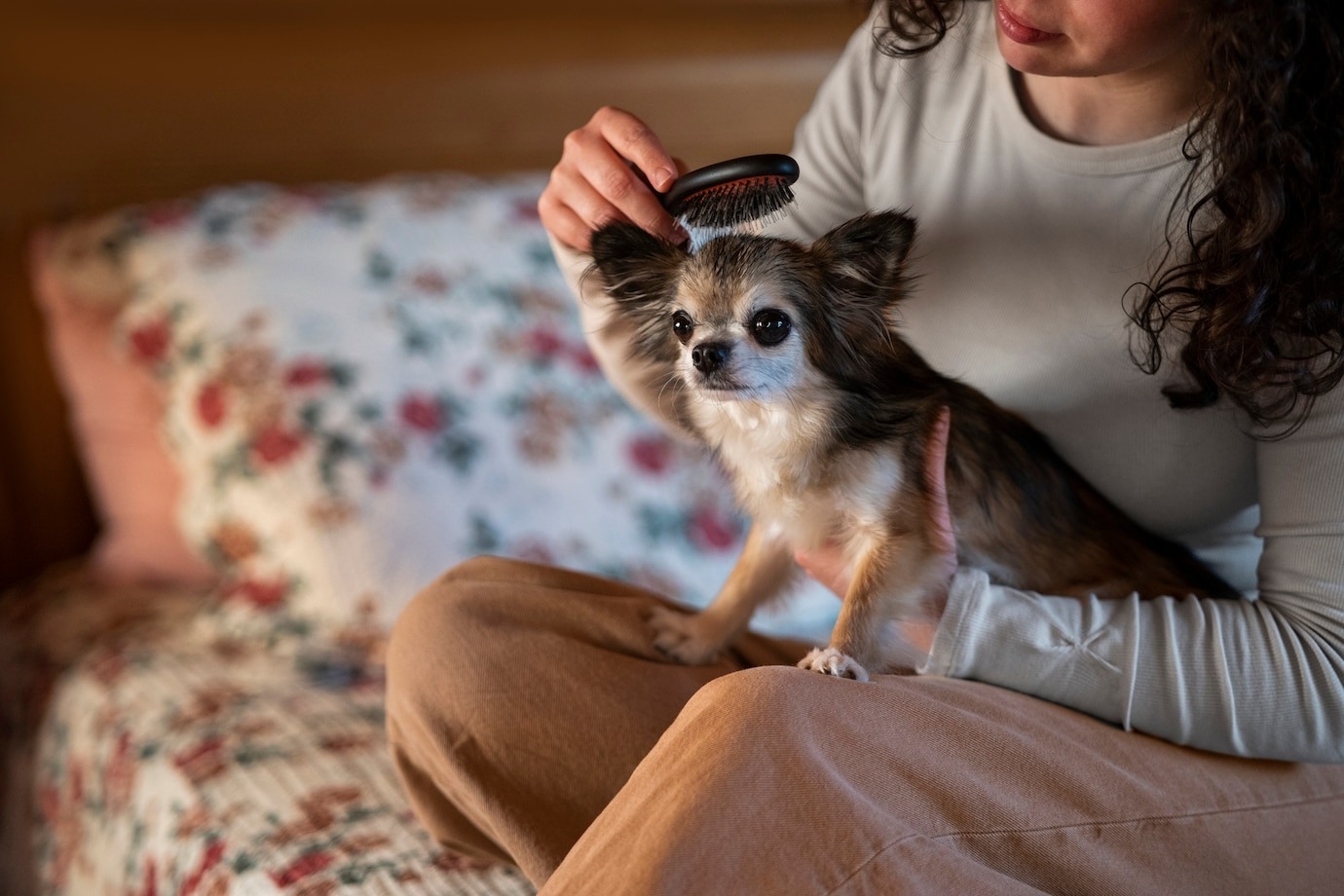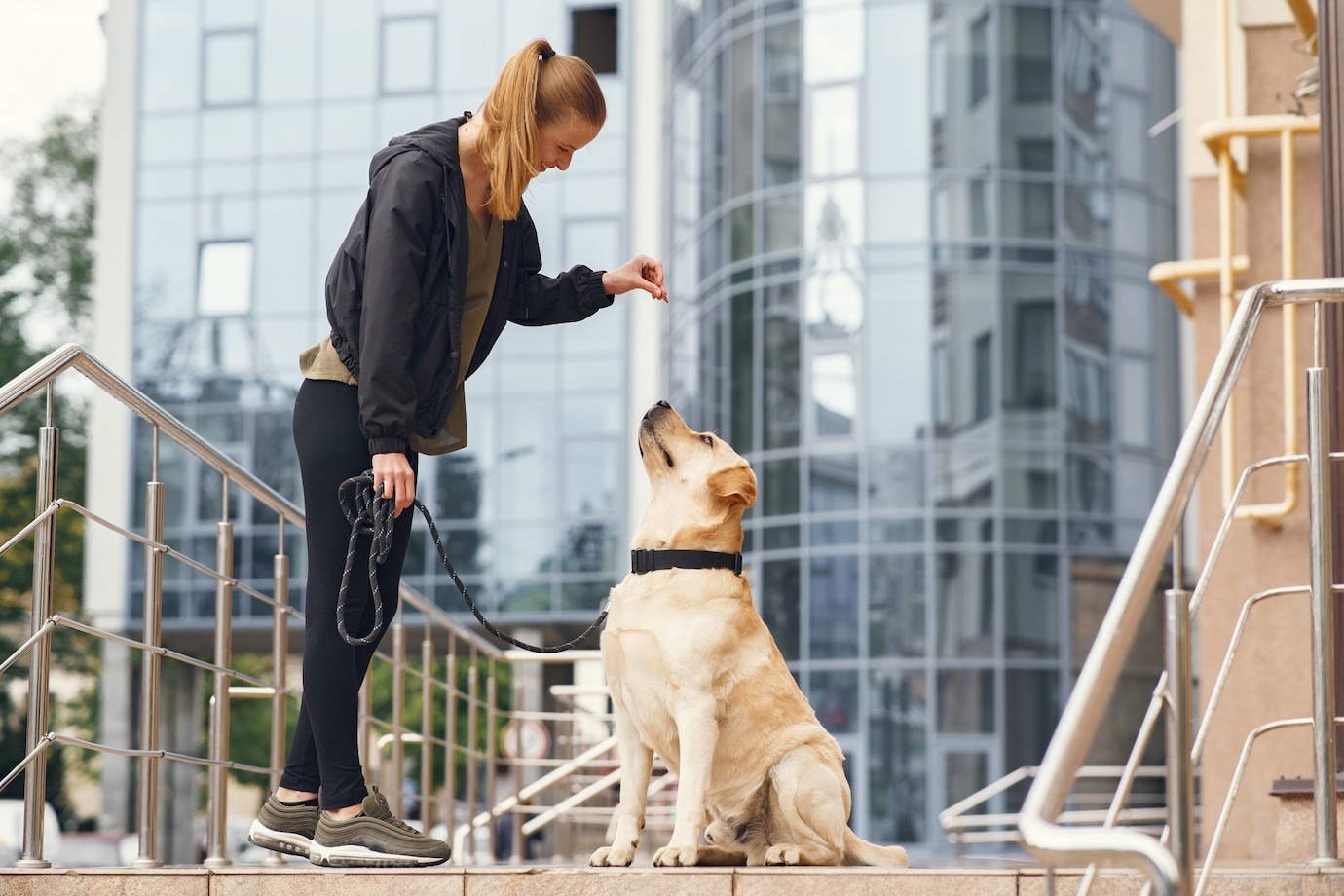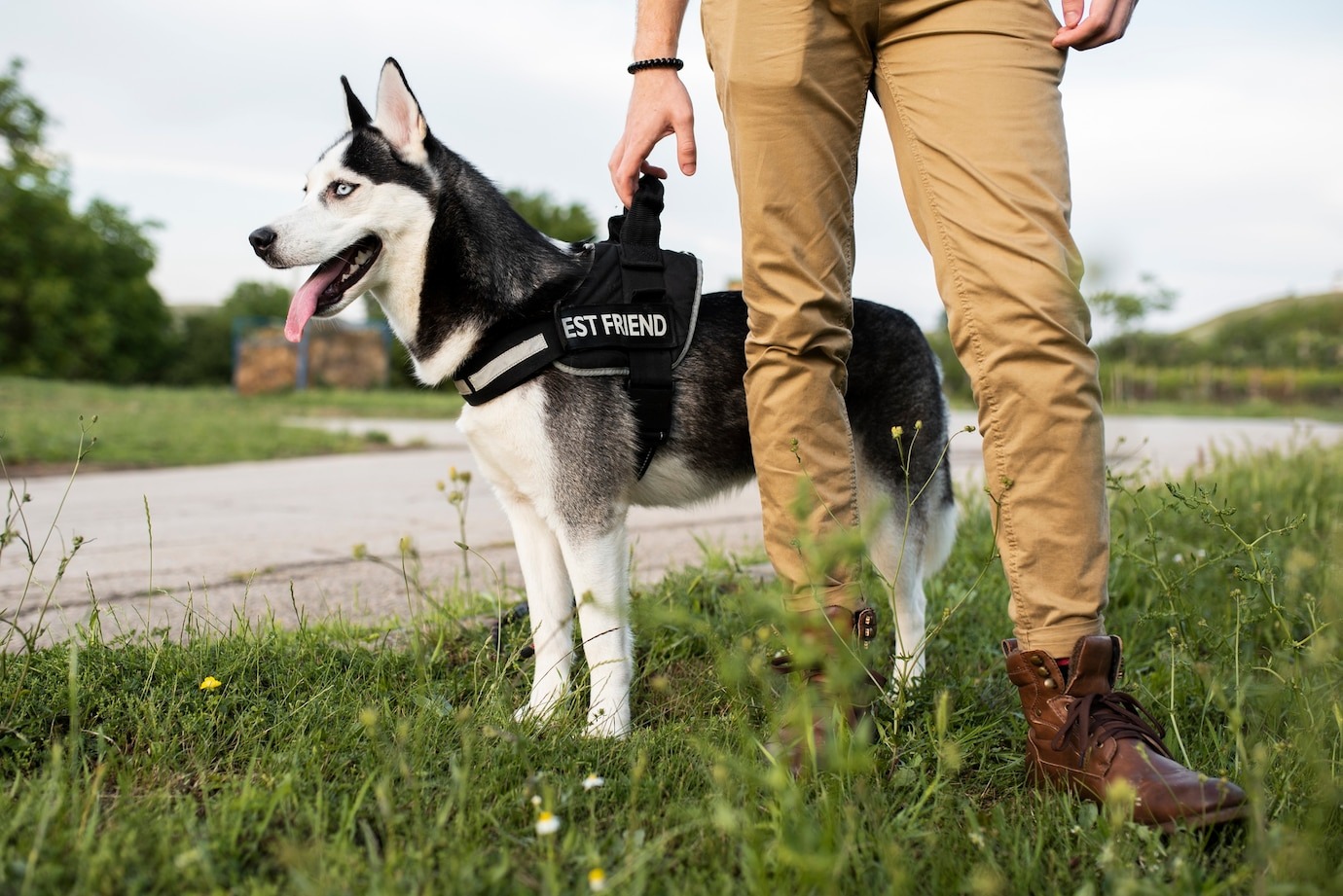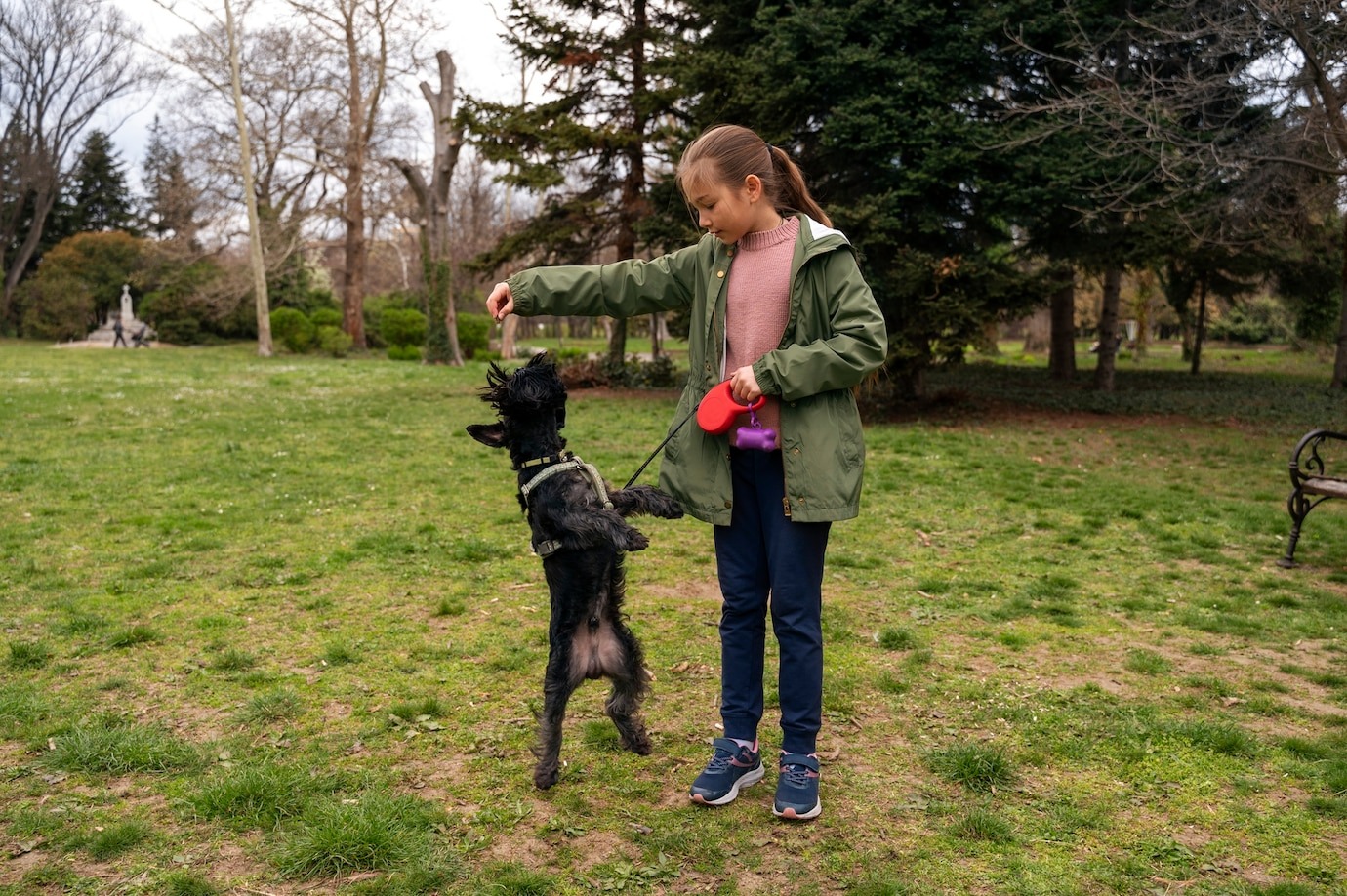Picture this: you're an enthusiastic pet owner, filled with hope and excitement as you send your furry friends off to a dog training facility, believing in the magic these professional trainers can work. It's a tough but hopeful choice. However, what if that trust is shattered? What if the unfolding story takes a tragic turn, leaving your beloved pets in the clutches of a terrible struggle and, ultimately, a premature demise? This is the poignant tale of Leia, a Dutch Shepherd Dog, and it's a stark reminder of the profound impact that negligence can have in the world of pet training, right here in the land of the red, white, and blue, amidst a backdrop of professional K9 training complaints.
Lessons to Be Learned
Leia's story has left an indelible mark on my heart, one that calls for reflection and action. Her tragic fate serves as a powerful lesson, not just for us but for all pet owners who entrust their cherished companions to the care of professionals. In this chapter, we'll explore the vital lessons Leia's story imparts and how they can shape the way we protect our furry friends.
A. Vigilance in Choosing Trainers and Facilities:
Selecting the right trainer or facility for your beloved pet is a pivotal decision that requires thoughtful consideration and careful research. Leia's story serves as a poignant reminder of the importance of making informed choices to safeguard your pet's well-being. Let's delve into the crucial aspects of vigilance in this decision-making process:
1. Checking Qualifications:
Before entrusting your pet to any trainer or facility, it's paramount to ensure they possess the necessary qualifications and expertise in the training methods that align with your values and your pet's needs. For instance, if you prefer positive reinforcement training, verify that the trainer is well-versed in this approach. Review their certifications and ask about their experience to guarantee that they are skilled in the methods you're comfortable with.
2. Seeking Recommendations:
Word-of-mouth recommendations can be a powerful tool in your decision-making process. Reach out to friends, family, or local pet communities to gather firsthand experiences and insights. Hearing about positive interactions and successful outcomes from people you trust can provide significant reassurance and guide you towards a trainer or facility that has a proven track record of excellence.
3. Interviewing the Trainer:
When dealing with professional K9 training reviews, it's essential not to hesitate in conducting thorough interviews with the trainer or facility staff. These interviews offer a crucial chance to obtain a complete understanding of their methods, procedures, and general approach. Don't hold back when asking questions about how they manage different situations, covering everything from training techniques to emergency protocols. Their responses will provide critical insights into their professionalism, dedication, and commitment to the welfare of the pets under their care.
4. Visiting the Facility:
Whenever feasible, a personal visit to the training facility can provide invaluable insights. Your observations can offer a first-hand look at the cleanliness, safety measures, and the overall atmosphere. Trust your instincts during this visit; if something doesn't feel right or if you notice any red flags, take these observations seriously. The comfort and safety of your pet should be non-negotiable.
B. Transparency and Communication:
Effective communication forms the bedrock of a successful and secure pet training experience, and Leia's story underscores that clear and open lines of communication are essential to ensuring your furry friend's well-being. Here, we explore the critical components of transparency and communication in pet training:
1. Express Expectations:
Your pet's training journey should begin with a frank and open discussion. Clearly outline your expectations for your pet's training and care. Share your goals and what you hope to achieve, as well as any specific concerns or behavioral issues that you want to address. An understanding of your expectations helps create a roadmap for your pet's training program and ensures that both you and the trainer are on the same page, committed to your pet's success.
2. Raise Concerns Immediately:
In the realm of professional K9 training complaints, taking prompt action is of utmost importance. If you observe any alterations in your pet's behavior, health, or overall well-being, it is absolutely crucial to address these concerns without delay. Allowing an issue to escalate can jeopardize your pet's safety and welfare. Whether it's a subtle shift in behavior or a sudden health issue, do not hesitate to bring these matters to the trainer's attention. Swift action can be the decisive factor that makes all the difference in resolving professional K9 training complaints and safeguarding your furry friend's welfare.
3. Set Expectations for Updates:
Regular updates are a lifeline for pet owners, providing reassurance and insight into your pet's progress and well-being. Establish a routine for receiving updates, whether through phone calls, emails, or video conferences. Knowing when to expect these updates can provide you with peace of mind and create an environment of trust and accountability.
4. Documentation:
Documentation is your safeguard in the event that disputes or issues arise. Keep written records of all communications with the trainer or facility. This includes emails, text messages, notes from phone conversations, and any written reports or agreements. This documentation can be invaluable, serving as a record of your interactions and a reference point if there are ever concerns or discrepancies in the future.
C. Prioritizing Safety and Comfort:
The cornerstone of the connection we form with our furry companions is trust. Part of this trust entails the duty of entrusting our pets' well-being to others when it becomes necessary. However, Leia's touching story highlights our responsibility to guarantee the safety and well-being of our cherished pets, especially when they are under the care of trainers or facilities. In the context of professional K9 training reviews, we will delve deeper into the essential components concerning shelter, nourishment, and protection.
1. Shelter from Extreme Weather:
The weather can be unforgiving, subjecting our pets to the scorching heat of summer and the biting cold of winter. The significance of providing shelter cannot be overstated. Ensure that your pet has a safe haven, whether it's a well-constructed kennel, a climate-controlled indoor area, or access to shade and protection from the elements. A comfortable, sheltered environment is essential for their well-being, preventing them from enduring the harsh extremes of weather that can lead to distress and health issues.
2. Access to Food and Water:
Adequate nourishment and access to clean water are the lifeblood of your pet's health. These are non-negotiable necessities, and as a responsible pet owner, it's your duty to ensure that your pet has regular and reliable access to both. Whether your pet is undergoing training or simply enjoying their daily routine, their meals should be provided on schedule, and freshwater should always be available. Neglecting these basic needs can lead to severe health problems, not to mention the discomfort and distress your pet may experience.
3. Protection from Extreme Conditions:
In the outdoors, environmental hazards can pose a serious threat to your pet's well-being. These hazards may include prolonged exposure to the scorching sun, extreme cold, strong winds, or other natural elements. It's your responsibility to ensure that your pet is protected from these conditions. This might involve limiting outdoor activities during extreme weather or providing appropriate protective gear, like dog boots for icy terrain or a doggy sunscreen to shield them from the sun's harmful rays.
D. Advocacy and Accountability
Our pets rely on us to be their voices, their protectors, and their advocates. When the safety and well-being of our furry friends are compromised, it falls upon us to raise our voices, to seek justice, and to ensure those responsible for any harm are held accountable. Leia's story is a call to action, urging us to be vigilant, to demand transparency, and to stand up for the rights of our animal companions.
1. Voice Concerns:
When you suspect issues with your pet's care or safety, act promptly. Engage in open dialogue with the trainer or facility staff, ask questions, express concerns, and keep detailed records of your conversations, including dates and times. This documentation is essential if you need to escalate your concerns or take legal action to protect your pet.
2. Seek Justice:
If neglect or mistreatment is confirmed, be ready to take legal or regulatory action, such as filing complaints against professional k9 training with relevant authorities. Consult with an experienced attorney in animal rights for guidance and understanding of your rights and options. In severe cases, you may seek compensation for related expenses, ensuring accountability for those responsible.
3. Raise Awareness:
Share your experiences to raise awareness about pet safety and responsible training. Use social media and pet communities to spread your story, highlighting the issues you faced and the lessons learned. Connect with animal advocacy groups for support and guidance to amplify your message and advocate for positive changes in the pet training industry, contributing to a safer environment for all pets.
Final Thoughts!!
Leia's lessons extend beyond mere words on a page; they serve as guiding principles to prevent the recurrence of such heart-wrenching tragedies within the realm of professional K9 training reviews and complaints. These lessons urge us to remain vigilant, advocate for transparency, foster open communication, and prioritize the safety and well-being of our pets. Together, as a community of pet lovers, we embark on a shared mission of accountability and responsibility, ensuring that Leia's heartbreaking ordeal becomes a catalyst for positive change within the pet training industry, as detailed in the forthcoming chapters.






